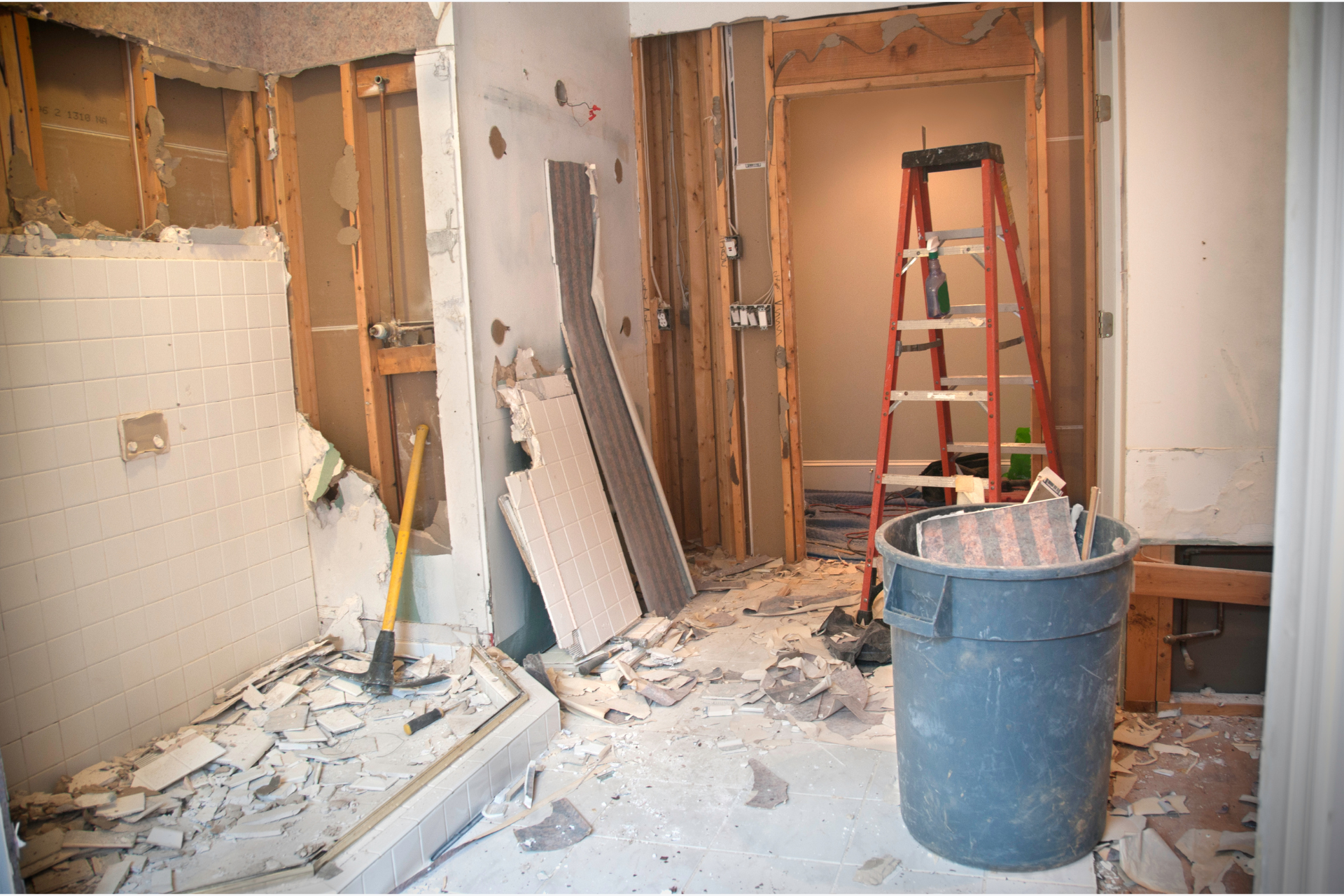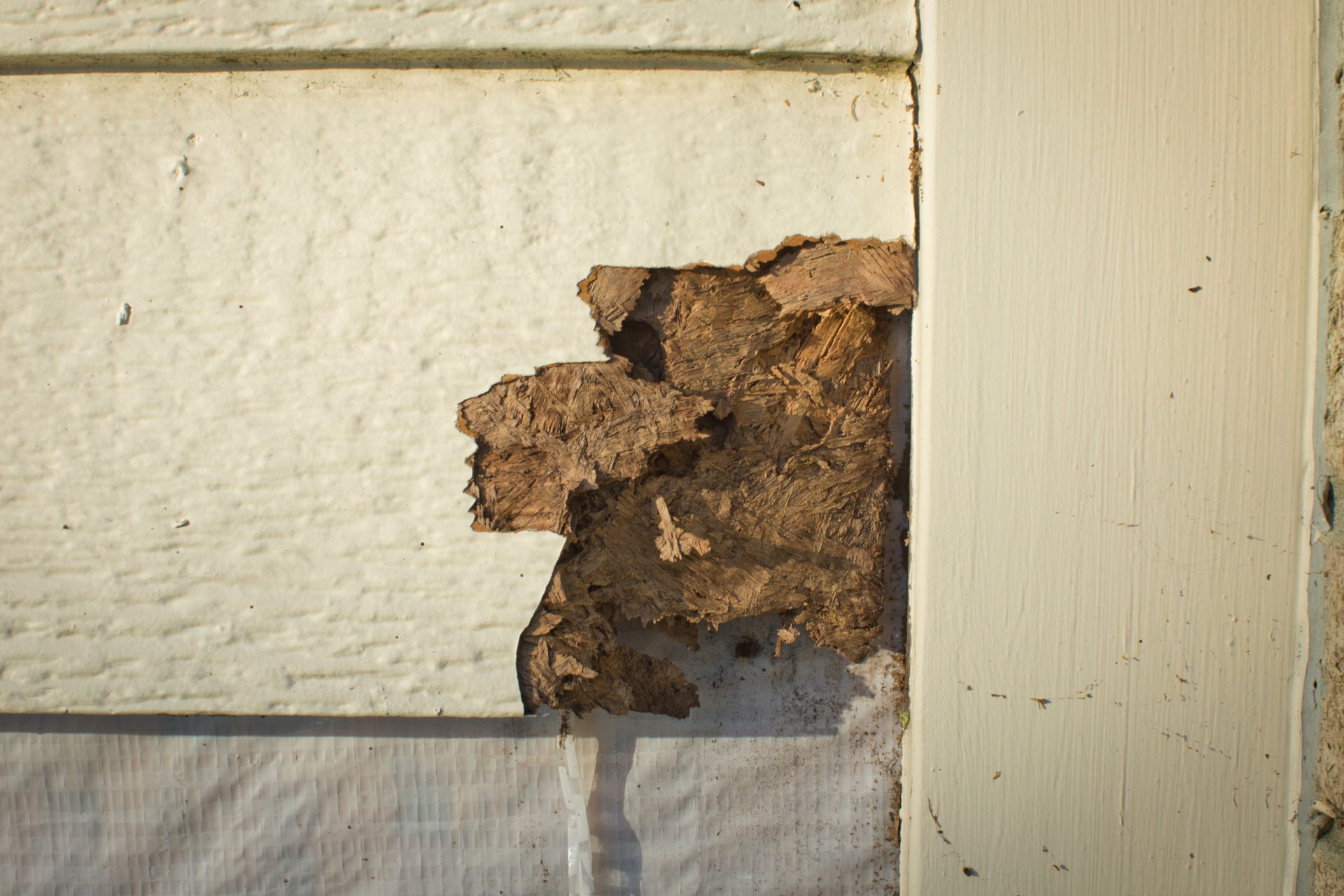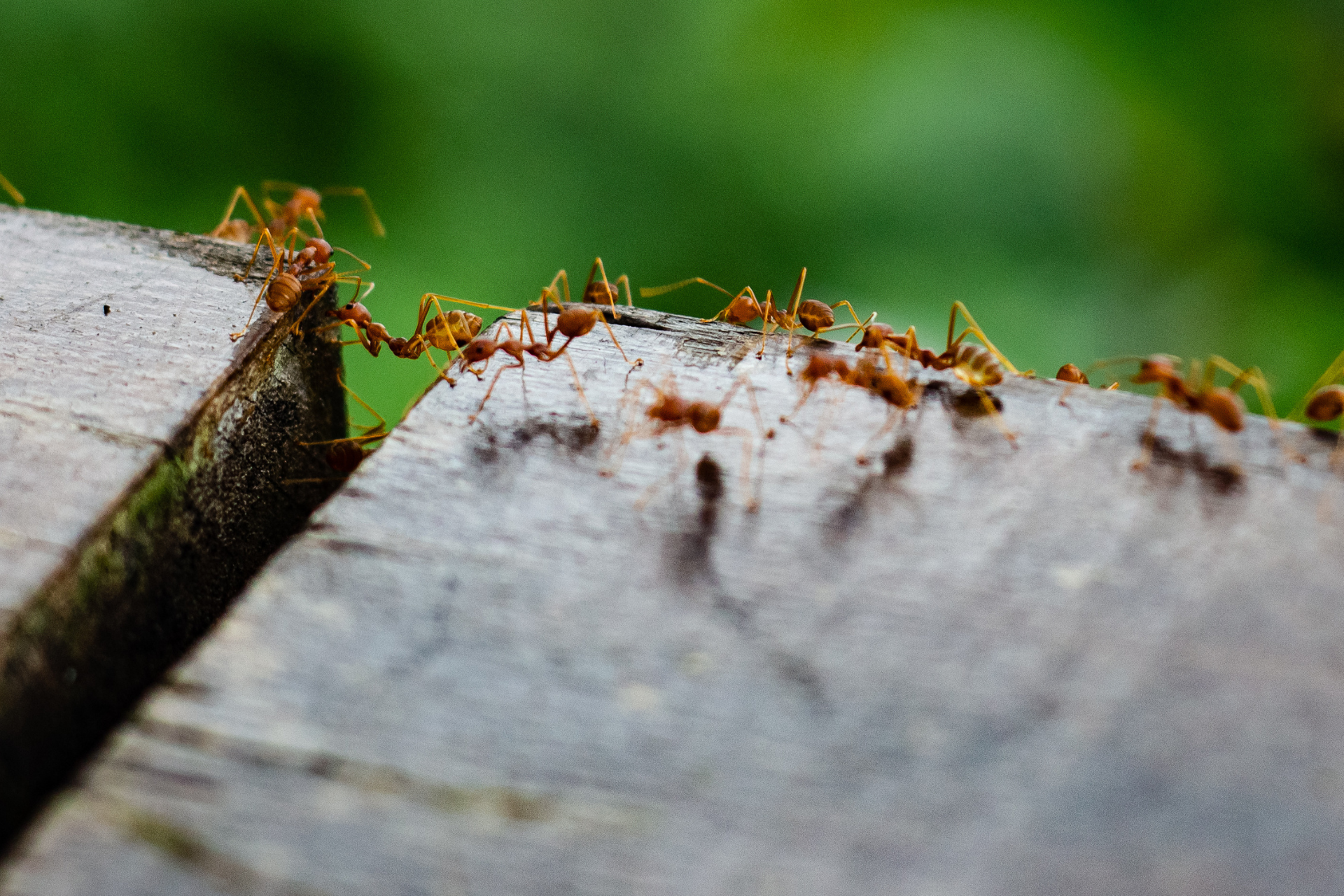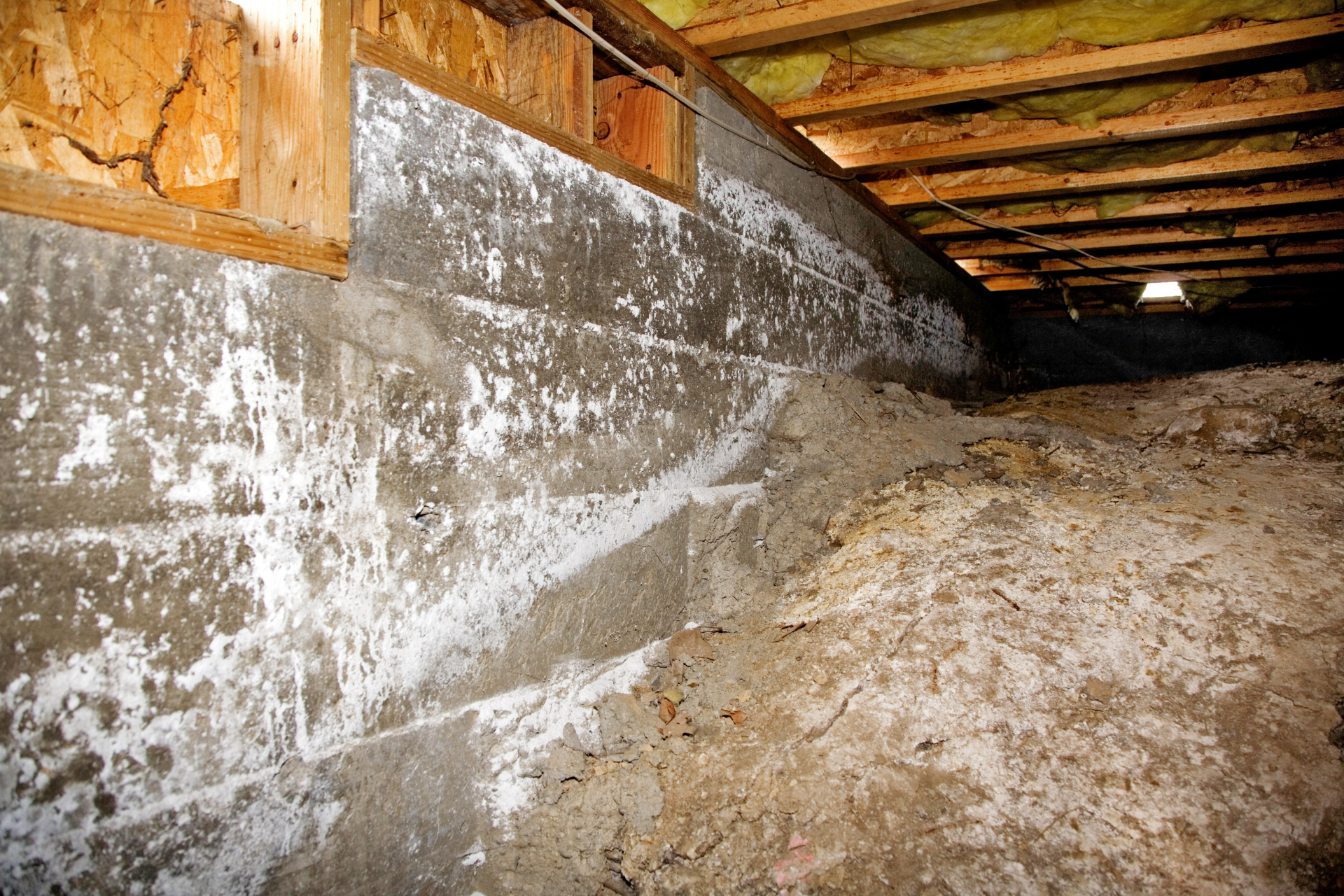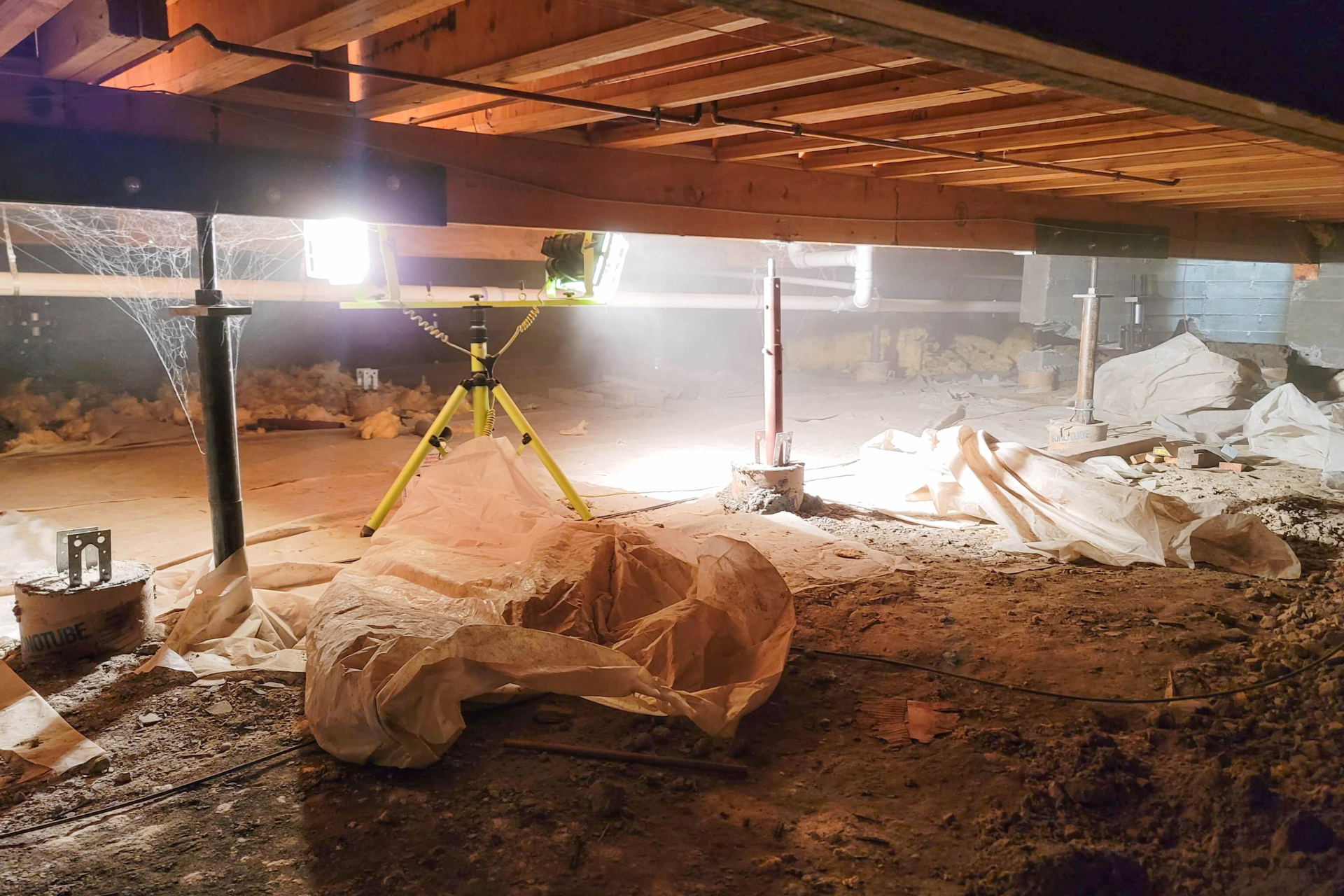Blog Layout
Swarmer Season! What Are These Things?
February 26, 2020
Is It A Termite Or An Ant?
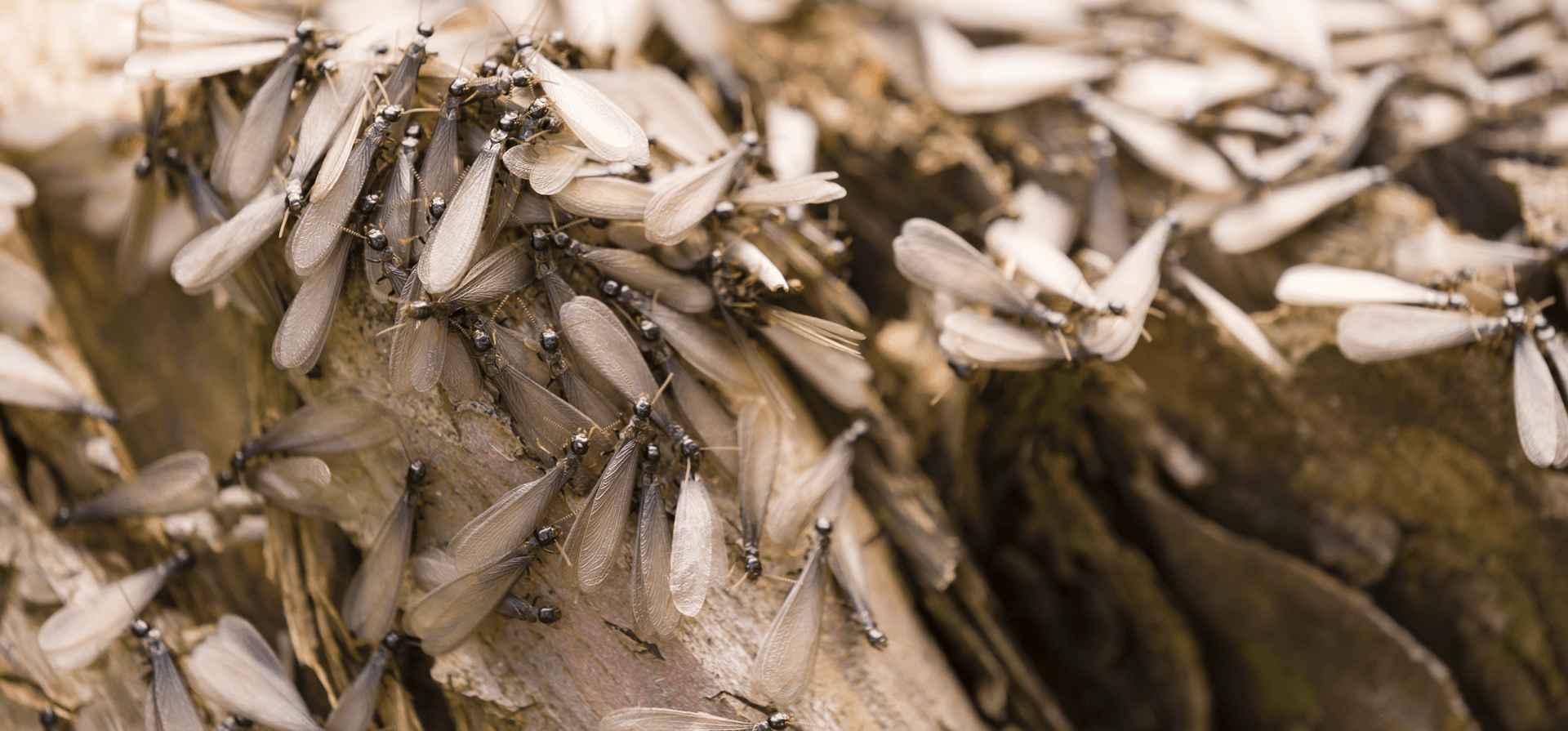
Moderate temperatures welcome you back outside after a harsh winter. But during the Spring season, it isn't just pollen filling the air: you may also notice gigantic shadowy groups of insects, moving through like an ominous cloud. What you're seeing is Swarmer Season. Put simply; a swarm is a reproductive technique performed by both ants and termites. But which bug are you looking at?
For termites, a swarm involves winged termites flying a few hundred yards away from the colony. Interestingly enough, a queen is not included in the swarm, so secondary reproductives known as alates, take to the air searching for a mate. After mating in the air, the female alates lose their wings. Their bodies need humidity and moisture to avoid drying out and dying. It is not until they burrow into the ground and find the life-sustaining moisture that they become queens and form their colonies. If there's a swarm inside your home, it's a sign you have an infestation nearby, which could have been there for years without you realizing it. If it happens outside your house, there is the chance they are likely to invade.
The most common type of termite in North Carolina is the Eastern Subterranean Termite. Each queen
can lay up to 30,000 eggs per day. North Carolina State University says a mature colony can contain as many as 2,000,000, so, yeah, it's a big problem.
Similar to termites, Carpenter Ants
swarm as a reproductive method. After mating, female ants lose their wings and search for a cozy hole in wooden structures or in the ground. There she lays eggs, developing around 3,000 workers over 3-6 years. They also form satellite colonies, traveling in gigantic swarms to carry larvae with them to as many as eight different locations where they'll develop entirely new nests. If they swarm inside your house, you'll see winged ants flying out from their hiding spaces, near baseboards, windows, and ventilation openings. You could see them on your porch or outside of your windows as a signal of a swarm that could soon make its way in. As with termites, the sight of them outside doesn't mean they aren't longing to get inside your home, or already there.
Termites are sometimes confused with ants
when people first see them. Both have antennae and brown bodies and are approximately the same size, but the two bugs and the damage they can do are very different. You can tell the difference most easily by the wings. Termites' front and back wings are about the same length and are relatively long. Ants' wings are shorter than termites' and are uneven, with the larger ones sitting at the front of the insect's body. Ants have curved antennae, where termites' are straight, and termites have straight bodies, where ants have thinner waists compared to the front and back of their bodies.
Americans lose billions of dollars each year to termite damage. The winged heathens eat just about anything that has cellulose in it, including wood, paper, cardboard, paneling, you name it. While they're searching for food, they can chew through other material they have no plans to eat, like plastic. Ants also damage wood by tunneling through it as they expand their nests, and can do a number on the structural integrity of a building.
Termites leave distinct tunnel-looking pathways that are full of mud and soil. Carpenter Ants leave slits in the wood, and the openings will appear smooth and polished. A sure sign it is Carpenter Ants is the sawdust piles that are found outside of the openings. They typically find homes outdoors, in tree stumps and logs. However, they can set up shop in your home as well. They love tiny holes in walls, insulation, hollow beams, the spaces underneath cabinets and prefer moist wood that's easier to chew. North Carolina's humid environment isn't doing us any favors. The warning signs for the two insects also differ a bit. Subterranean Termites leave behind "mud tubes" along floor joists and foundation walls; chewed up wood or wood that sounds hollow when tapped, and tunnels running along the grain of the wood.
Don't wait for the swarmer season to tip you off about an infestation. If you see even one termite or ant, it's cause to call a pest control professional. An even better choice would be to schedule an inspection before you notice even one bug, regularly.
At Ease Pest Solutions is a veteran-owned and operated pest control company right here in Western North Carolina. We've dedicated our lives to serving this country, and we continue doing so with the highest integrity. While other companies turn solely to exterminating a pest, we'll go even further, exterminating any fears you may have about the process. We always promise to remain honest, upfront, and fair with our customers while completing an impeccable job that exceeds expectations every single time. Call us today for a free estimate!
Troutman Branch
694 South Main Street
Troutman, NC 28166
704.761.9697

